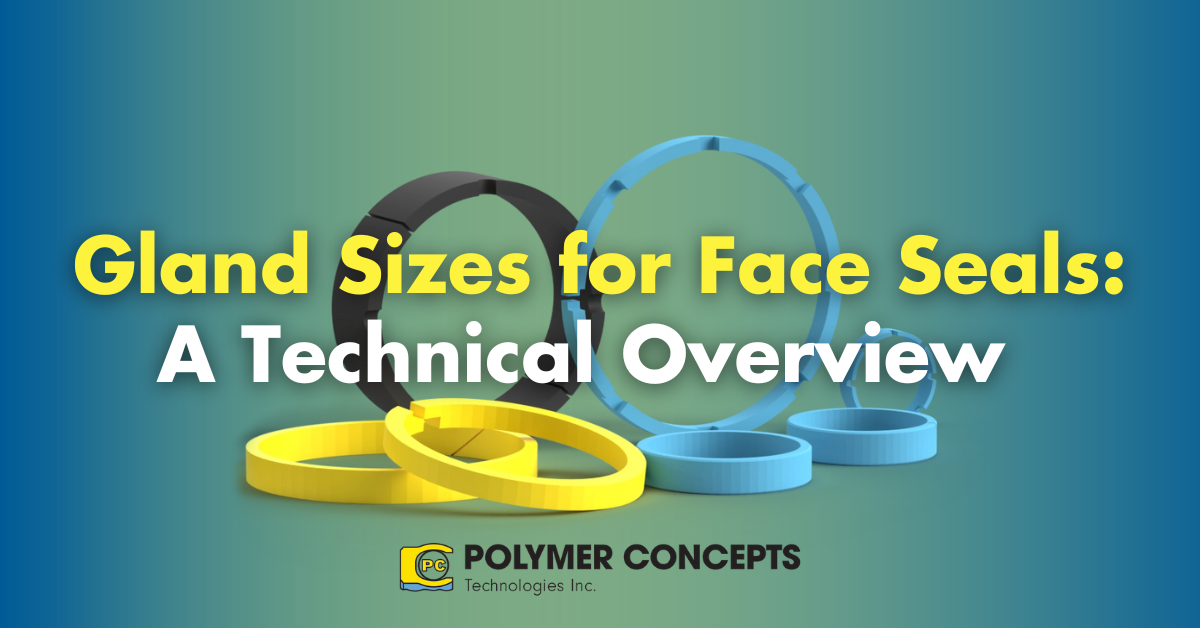Introduction
Face seals are integral components in various industrial applications requiring high reliability and durability. These seals are crucial in ensuring that machinery operates efficiently and without leaks, making them vital in sectors such as automotive, aerospace, and manufacturing. The effectiveness of these seals is heavily dependent on the precise sizing of the glands they fit into, which must be meticulously designed to accommodate the seals perfectly. This article provides a detailed examination of standard gland sizes, focusing on their significance, dimensions, and specific design considerations to enhance seal performance. We will discuss the material properties of the seals, the environmental conditions they must withstand, and the importance of regular maintenance to ensure longevity and reliability. By understanding these factors, manufacturers and engineers can make informed decisions to optimize their systems and prolong the lifespan of their equipment.
Detailed Gland Dimensions for Face Seals
Face seals are used in static applications, providing a seal between two surfaces without relative movement. These seals are essential in preventing leaks and ensuring the integrity of various systems, often found in machinery, automotive engines, and industrial equipment. By creating a tight seal, they help maintain pressure and prevent contaminants from entering or escaping.

Special Considerations for Gland Design
Proper Gland Geometry
Maintaining proper gland geometry is essential for preserving seal integrity and ensuring optimal performance. This includes designing glands with adequate space to accommodate seal expansion, which is crucial in preventing extrusion under high pressure conditions. Proper geometry also helps in evenly distributing stress across the seal, thereby enhancing its durability and effectiveness over time.
Split or Separable Glands
Split or separable gland designs are particularly beneficial for applications involving pistons and rods, as they facilitate easier installation and maintenance. These designs allow the seal to be easily inserted or removed without the need for disassembling other components, thereby reducing downtime and the risk of damage during the installation process. This is especially useful in complex systems where accessibility may be limited.
Alternate Gland Designs
Alternate step designs can be employed to minimize stretching or distortion during assembly, ensuring that the seal remains intact and functional throughout its lifecycle. This involves creating a series of steps within the gland that guide the seal into place without excessive force, reducing the likelihood of damage. Such designs are ideal for applications where precision and reliability are paramount.


Installation Considerations
Proper Installation Tools
Using appropriate tools during seal installation is crucial for preventing damage and ensuring accurate placement within the gland. Preferred materials for these tools include Delrin or nylon, which are soft enough to avoid damaging the seal but sturdy enough to facilitate a proper fit. The right tools can make a significant difference in the ease of installation and the overall effectiveness of the seal.
Installation Techniques
Adhering to recommended installation techniques is critical for maintaining seal performance. This includes using lubricants to reduce friction during insertion, ensuring grooves are adequately prepared to receive the seal, and avoiding any unnecessary stretching or twisting. Proper technique not only enhances the initial performance of the seal but also contributes to its long-term reliability.
Conclusion
Understanding and adhering to standard gland sizes is vital for the effective performance of face seals. By maintaining proper gland geometry and following best practices during installation, one can significantly enhance the reliability and longevity of these crucial sealing solutions. Taking the time to design glands properly and using the right tools and techniques during installation can prevent common issues such as leaks, extrusion, and premature wear.
Should you need further details or assistance, please let me know! Our team is always ready to provide additional information and support to ensure your sealing solutions meet the highest standards of performance and durability.

